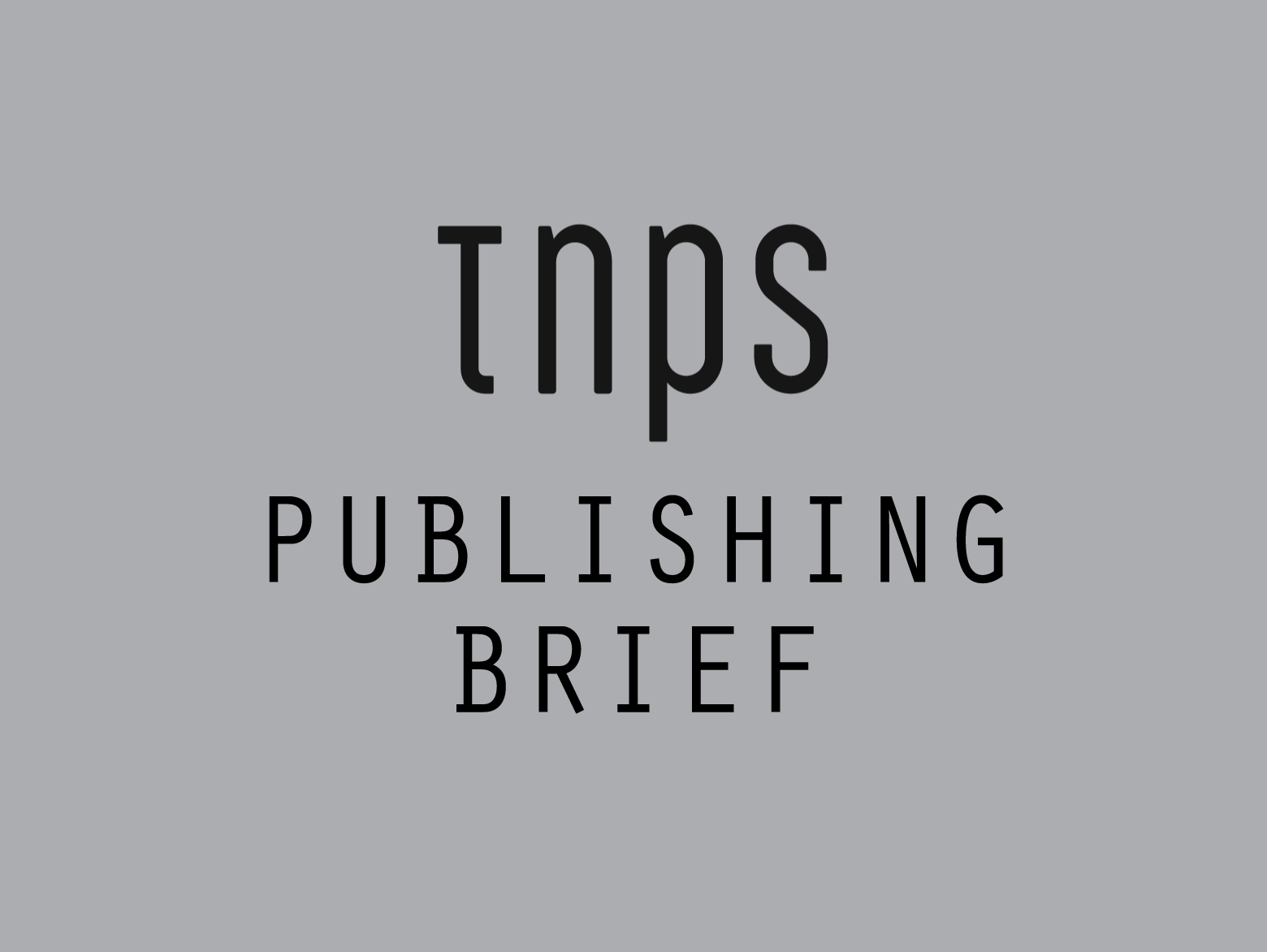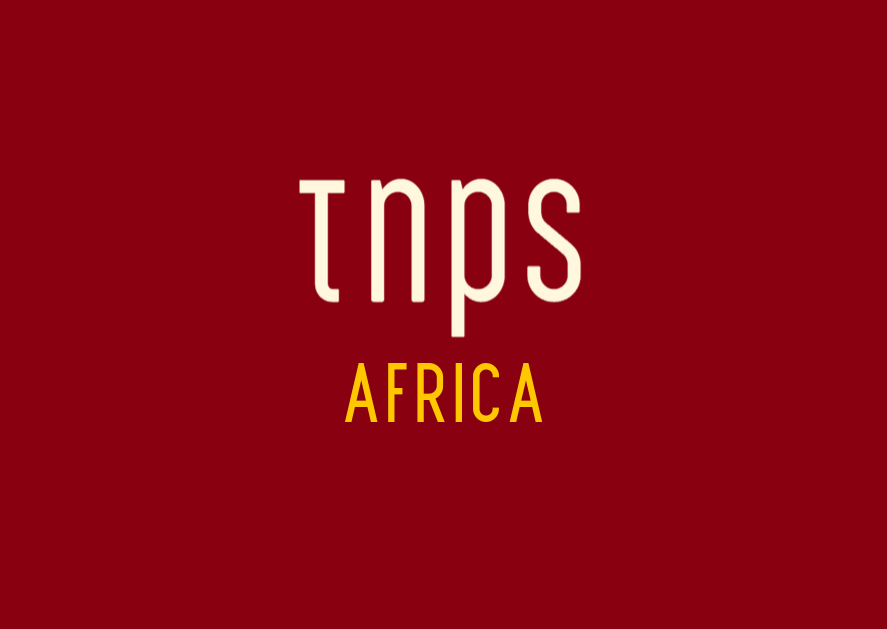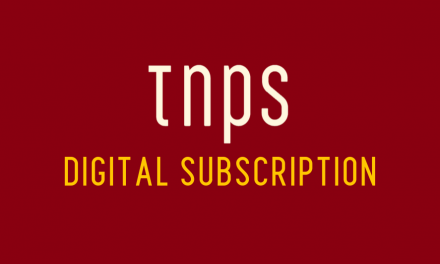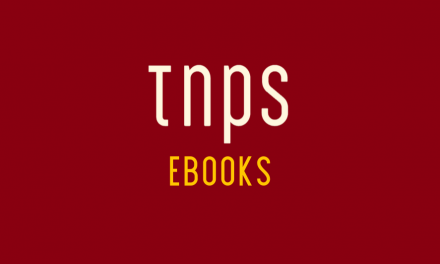As Mark Twain famously never said, the only certainties in life are that SE Asia is an exciting prospect for e-commerce and Amazon wants to be there.
This week comes news of Amazon’s second investment in submarine cables, as it joins Softbank, Facebook and others to finance the 14,000km long, 60Tbps capacity JUPITER (not initials, just capitals) trans-Pacific submarine cable that will link the USA, Japan and the Philippines in 2020.

Jupiter submarine cable. Source: Jupiter Consortium
Says the Softbank press release,
Anticipating exponential growth of IoT-related businesses, SoftBank is committed to building and optimizing its network infrastructure to support rapidly increasing traffic demand and its customers.
For Jeff Bezos, of course, the cloud operation AWS (Amazon Web Services) is the mainstay of Amazon’s current profitability, and keeping operational prices down is key. By investing in submarine cables such as JUPITER Amazon, like Facebook, Google, Microsoft and other big tech operators, stand to get preferential rates for data traffic through the cables in coming years, while giving them an edge in the regions being reached.
Last year Amazon made its first submarine cable foray when it invested in the Hawaiki Submarine Cable project, due for completion in 2018, which will link Sydney in Australia with Oregon in the USA, via New Zealand, American Samoa and Oahu.
For publishing, the takeaway is more access to the global book markets, both ebooks and print through e-commerce sites.
Right now Amazon’s global reach through its Kindle store is somewhat limited, with just a dozen or so Kindle stores and a few more territories serviced from those. For most of the world prospective ebook readers are either sent to the Amazon US store or blocked from seeing the Kindle store at all.
Improved reach for AWS and improved profitability from AWS will help Amazon justify the costs of introducing Kindle stores more widely.
Currently Amazon has no Kindle stores in Africa, despite there being more internet users in Africa than in North America, and only three Kindle stores in Asia (China, Japan and India) although it does have a token operation in Singapore and actually runs the Kindle India store from Singapore.
Submarine cables are the key to global internet connectivity and Facebook, Google and Microsoft have long been investing in expanding global reach.
I’m writing this from The Gambia, West Africa, thanks to the ACE cable that links the entire west coast of Africa with France. Five years ago connecting to the internet meant a trip to the hotel zone and paying through the nose for near-dial-up speeds. Now we have 4G and potential speeds of 30Mbps here.
All of which is just part of a much bigger picture of a world connected by high-speed internet that is transforming the economic prospects of parts of the globe that even five years ago were struggling to get a basic internet connection and are now likely to be front-runners for 5G.
Put simply vast tracts of the world have just skipped the entire cumbersome process of landline cabled internet to clunky desktop machines and gone from no phones to 4G smartphones almost overnight.
As reported here at The New Publishing Standard last week there are expected to be 2.3 billion smartphones in use by the end of this decade, all receiving data through the fantastic array of submarine cables that span the globe.
It’s not rocket science to appreciate the opportunities unfolding for content suppliers to reach new audiences as the Global New Renaissance gets into second gear,







